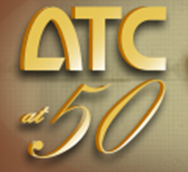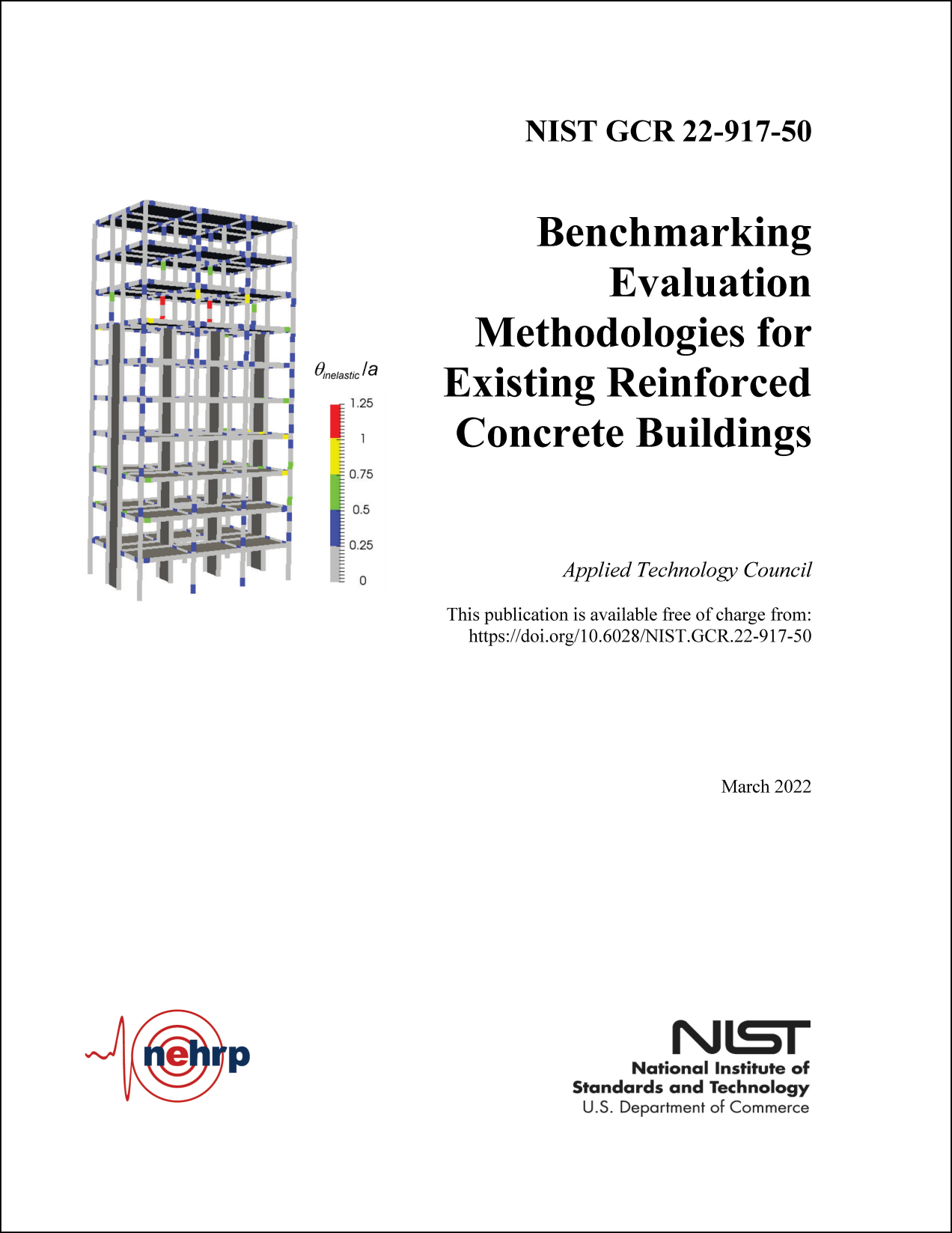Project Title: Technical Assistance, Training and Product Development
Client: Federal Emergency Management Agency
Purpose: To develop and maintain educational courses on earthquake mitigation and related training materials, to deliver training courses/webinars on behalf of FEMA, and to participate in national conferences to share information about FEMA reports. This project also supports the development and update of FEMA technical and non-technical guidance products and management of the National Earthquake Technical Assistance Program (NETAP).
This project has produced the following reports:
FEMA P-530, Earthquake Safety at Home
FEMA P-1024/RA2, South Napa Earthquake Recovery Advisory: Earthquake Strengthening of Cripple Walls in Wood-Frame Dwellings, Second Edition
FEMA P-1092, Guidelines for Performance-Based Seismic Design of Tall Buildings, Pacific Earthquake Engineering Center Tall Buildings Initiative, Version 2.01
FEMA P-2055, Post-disaster Building Safety Evaluation Guidance –Report on the Current State of Practice, including Recommendations Related to Structural and Nonstructural Safety and Habitability
FEMA P-2055-1, Guidance for Accelerated Building Reoccupancy Programs
FEMA P-2055-2, Recommendations for Cordoning Earthquake-Damaged Buildings
FEMA P-2090/ NIST SP-1254 Special Report, Recommended Options for Improving the Built Environment for Post-Earthquake Reoccupancy and Functional Recovery Time
ATC-137-2, Proceedings: FEMA-Sponsored Summit on Unreinforced Masonry Buildings in Utah
FEMA P-807-1, Guidance and Recommendations for the Seismic Evaluation and Retrofit of Multi-Unit Wood-Frame Buildings with Weak First Stories
FEMA P-232, Homebuilders’ Guide to Earthquake-Resistant Design and Construction
pdf FEMA P-2335(23.39 MB) , Guidelines for Post-Earthquake Repair and Retrofit of Buildings Based on Assessment of Performance-Critical Damage




